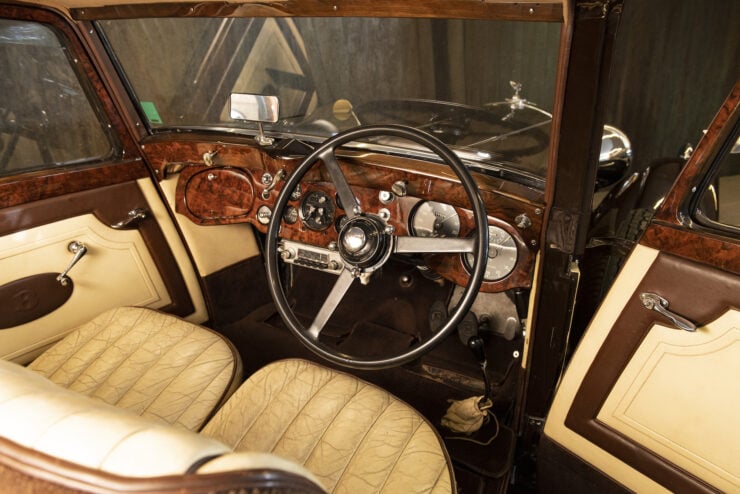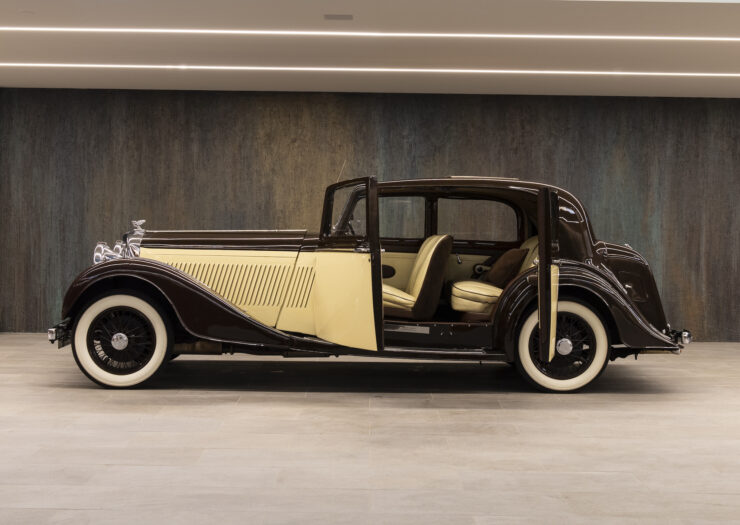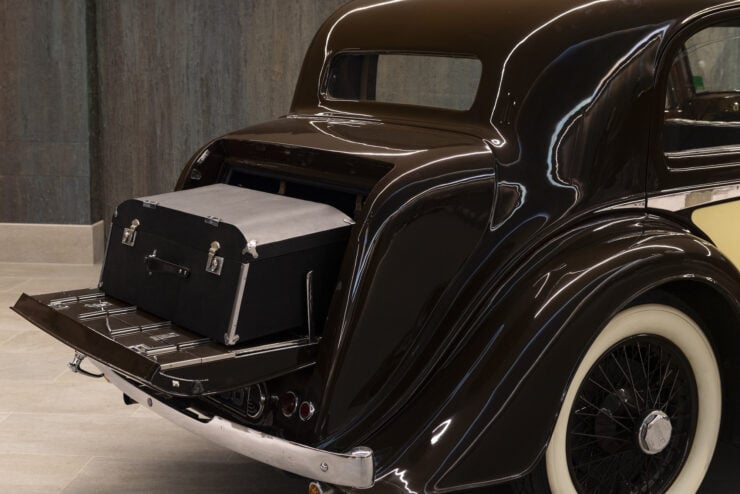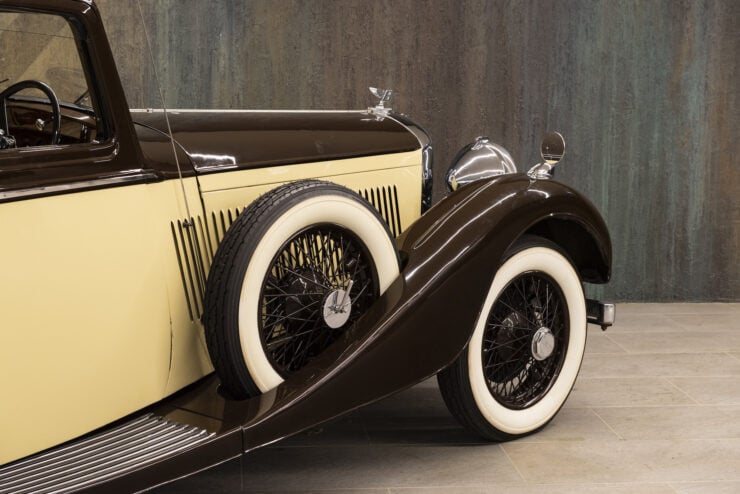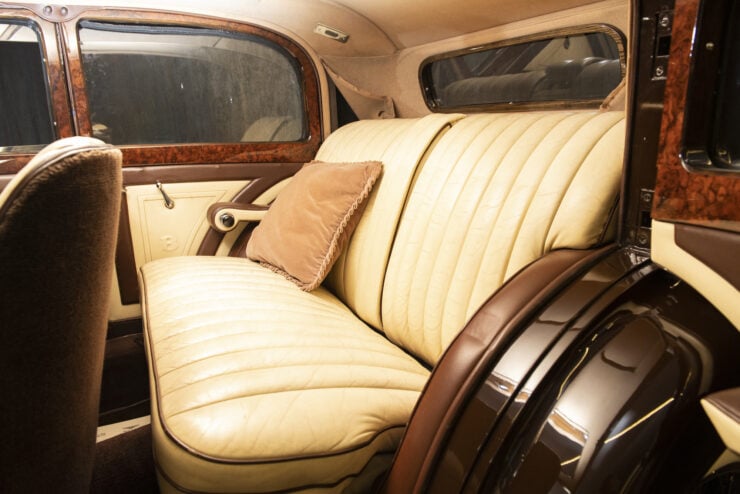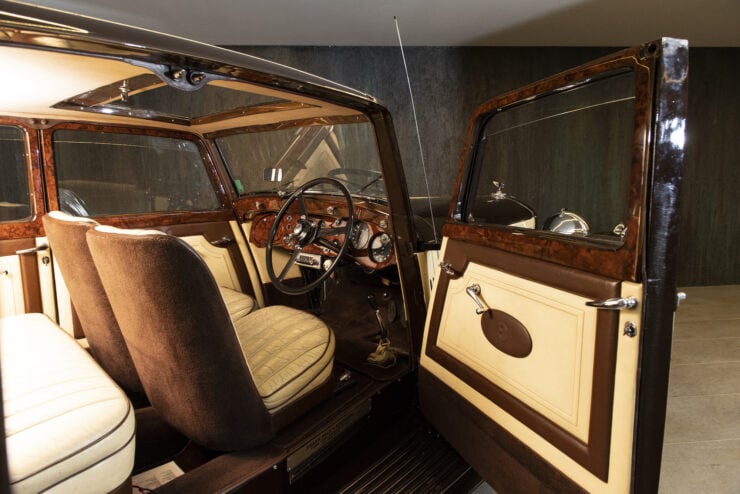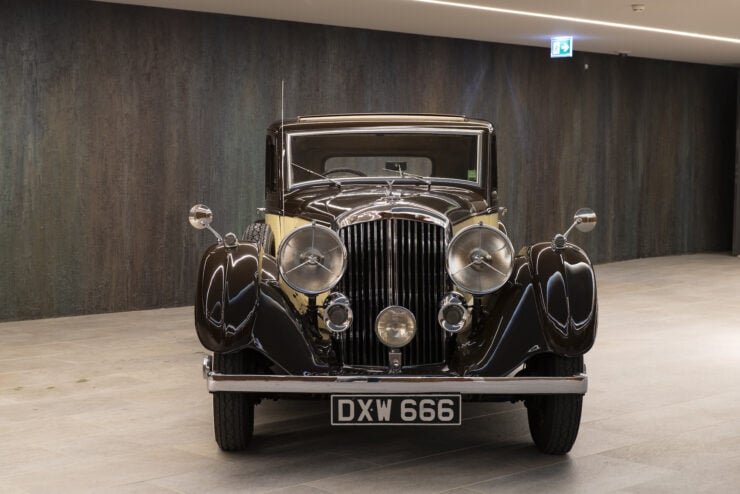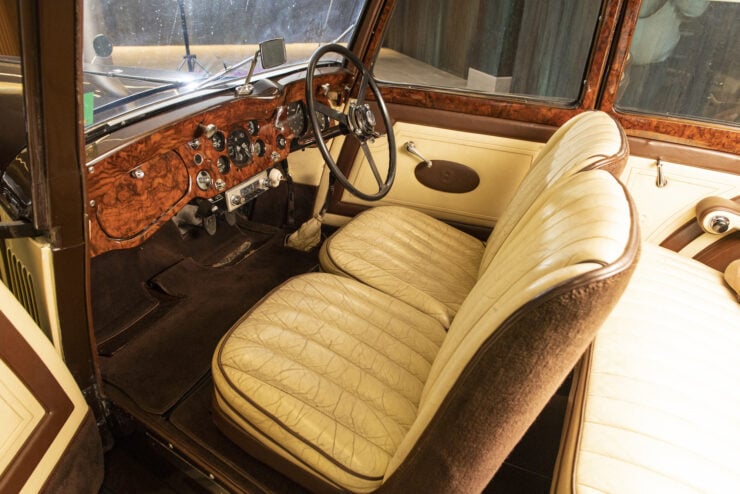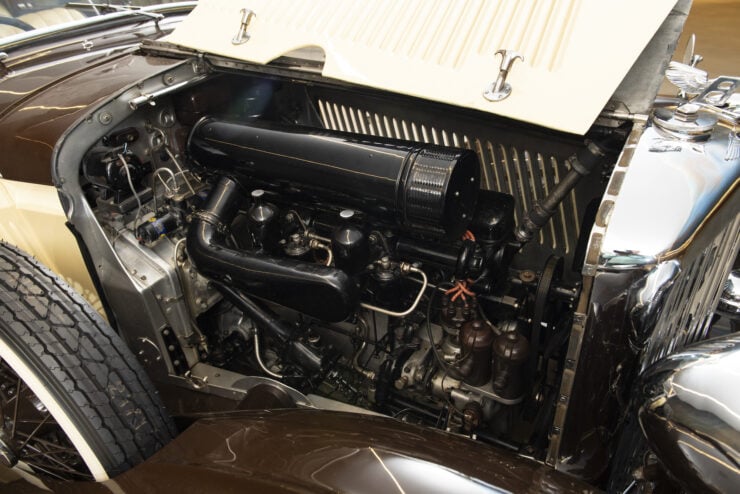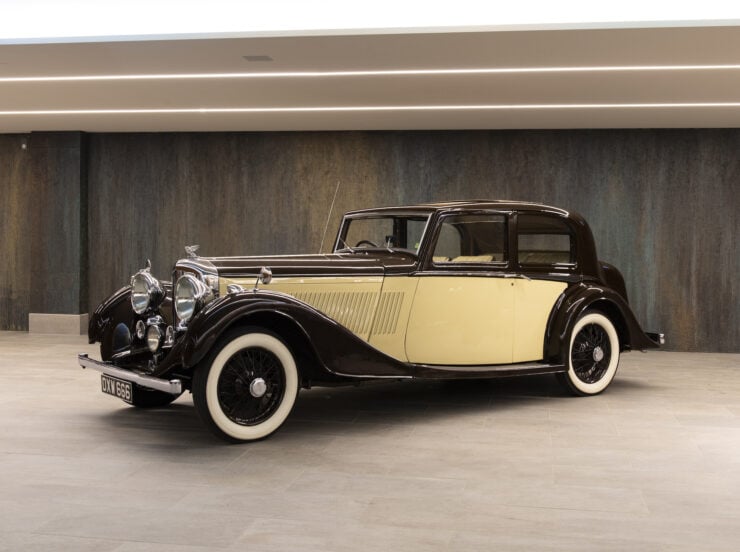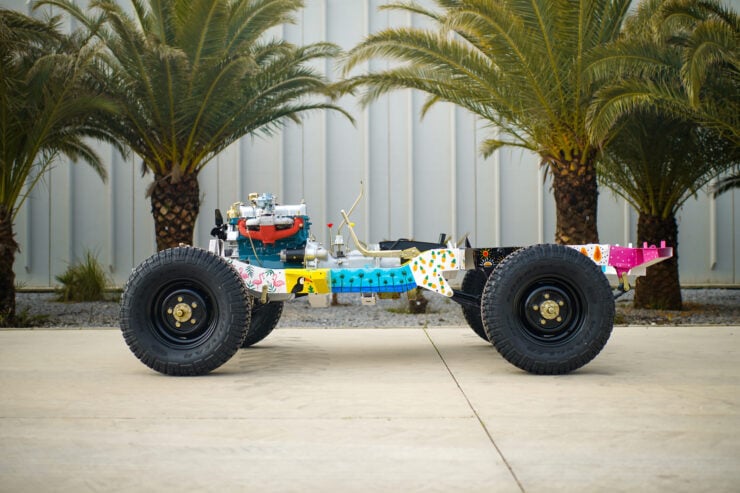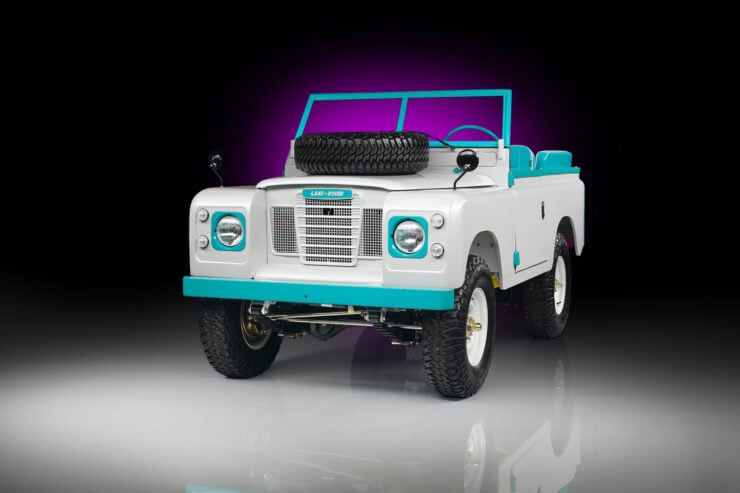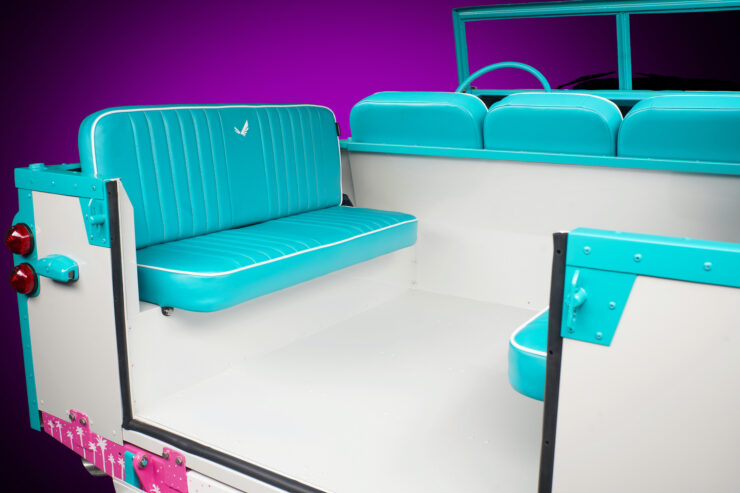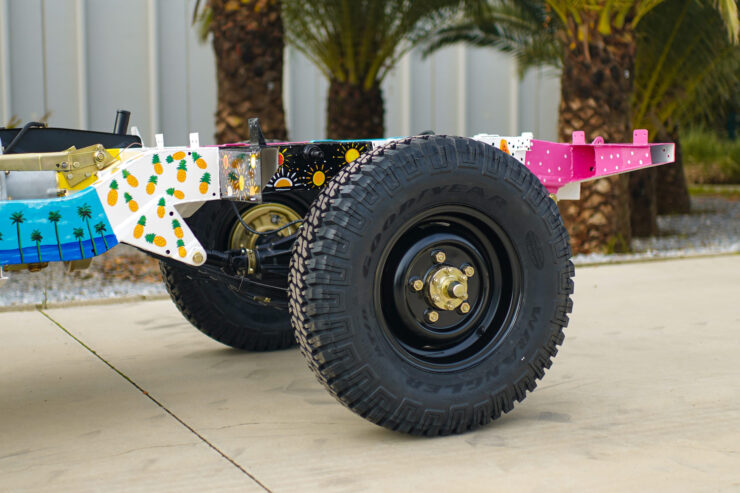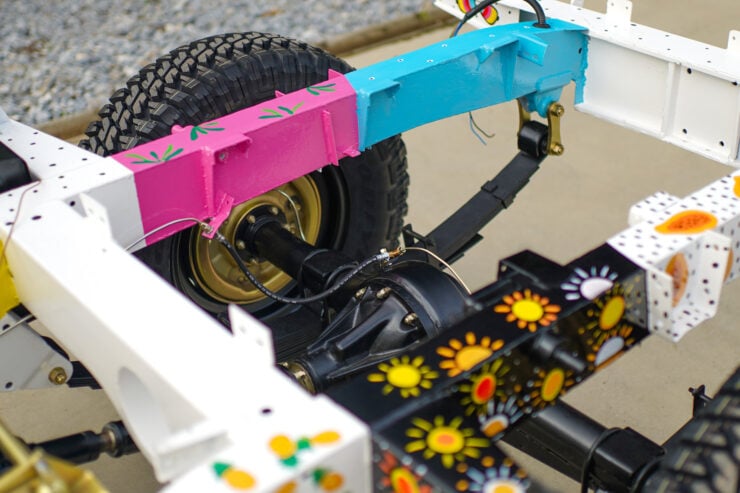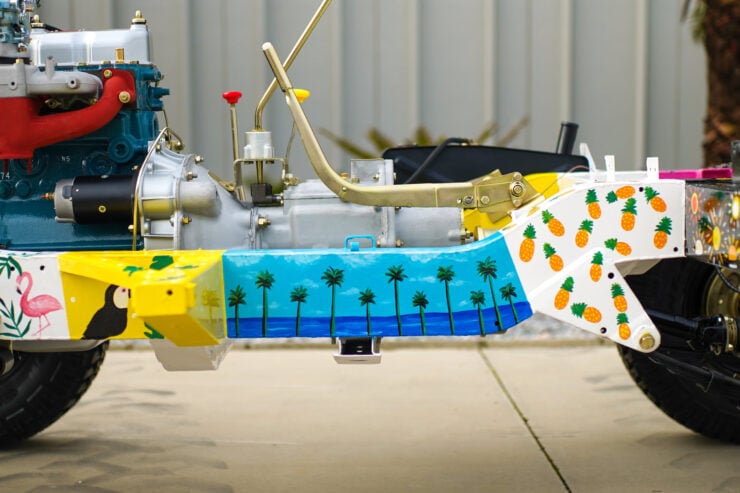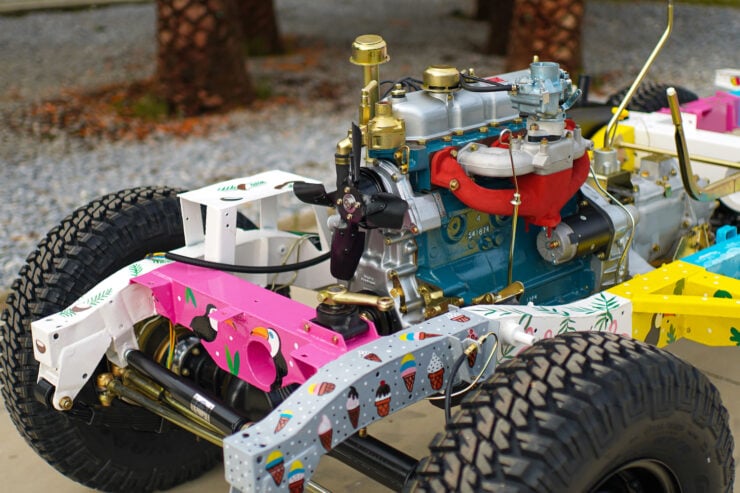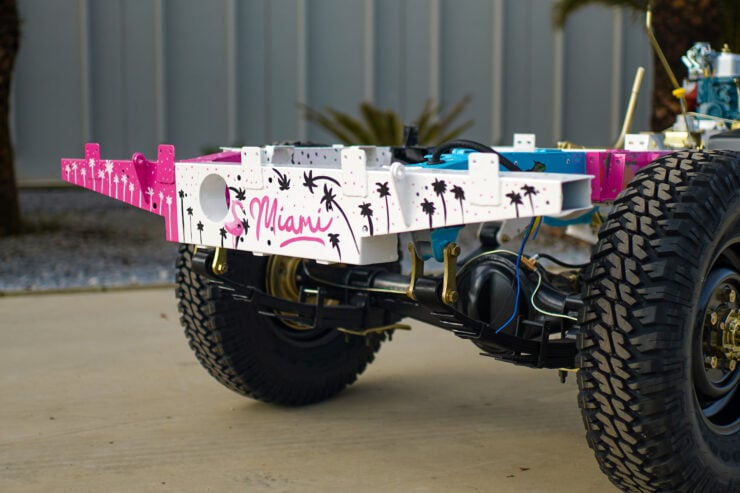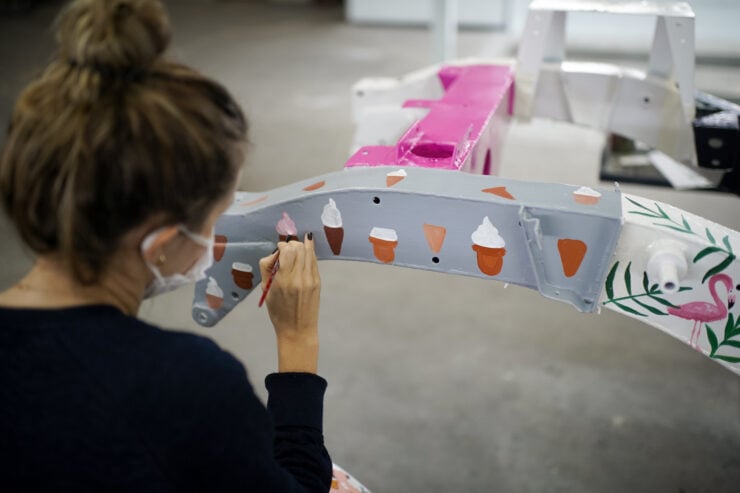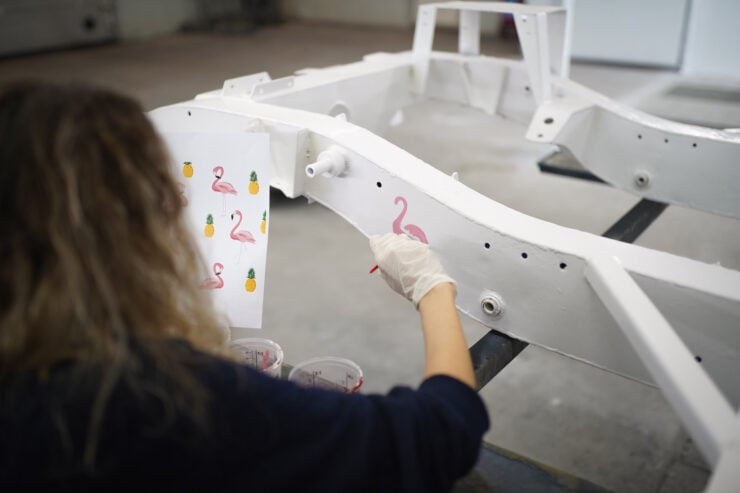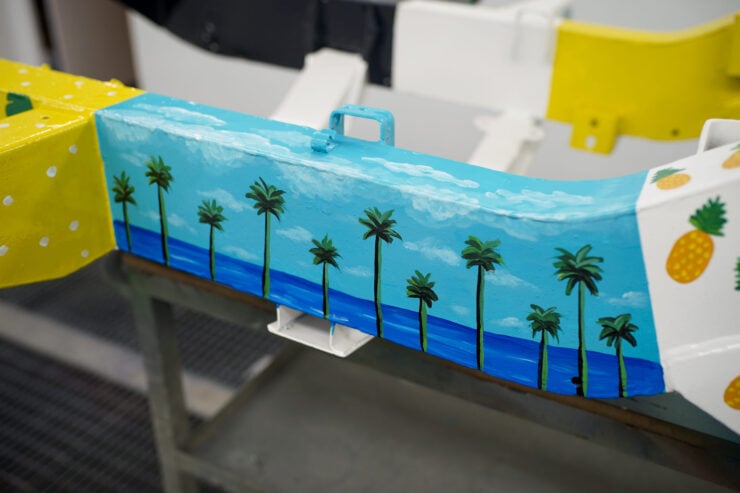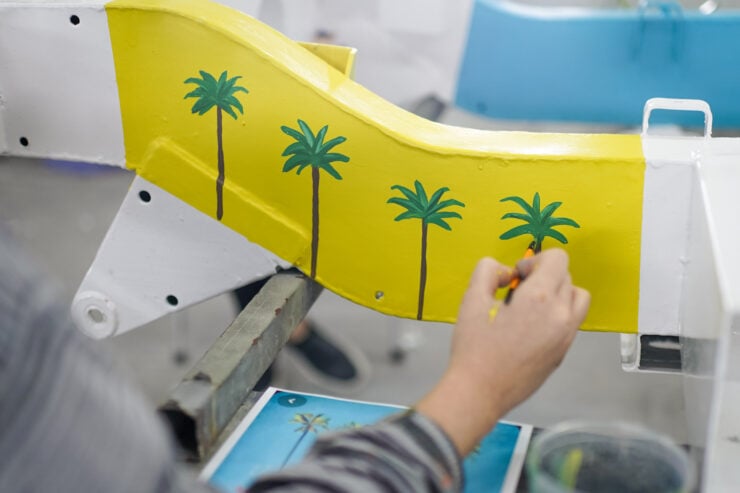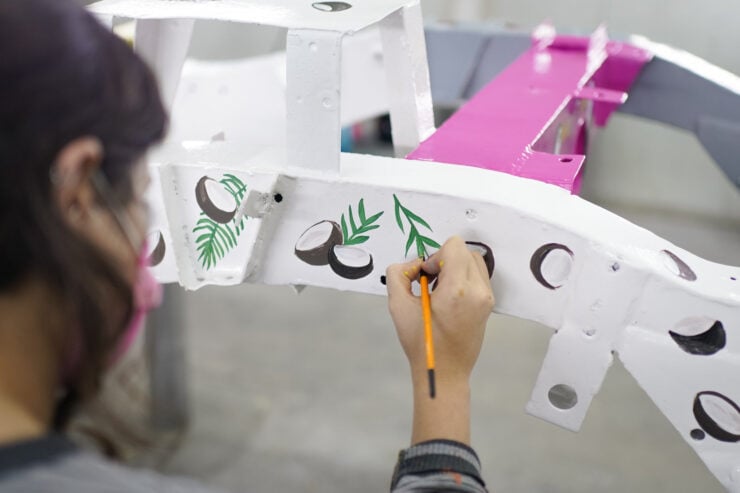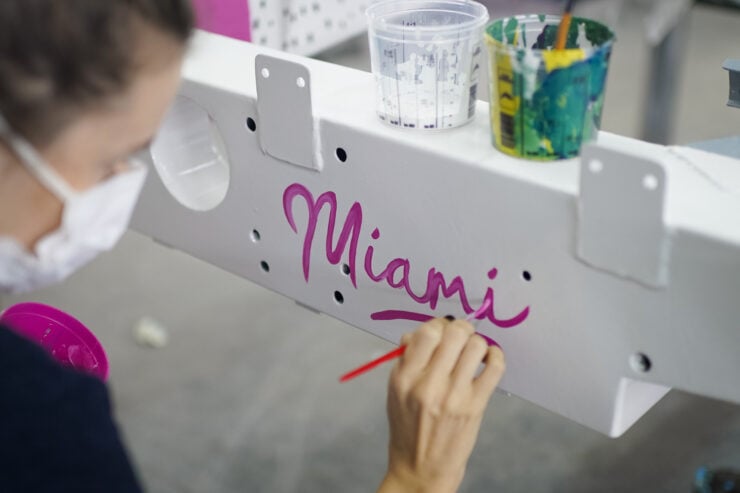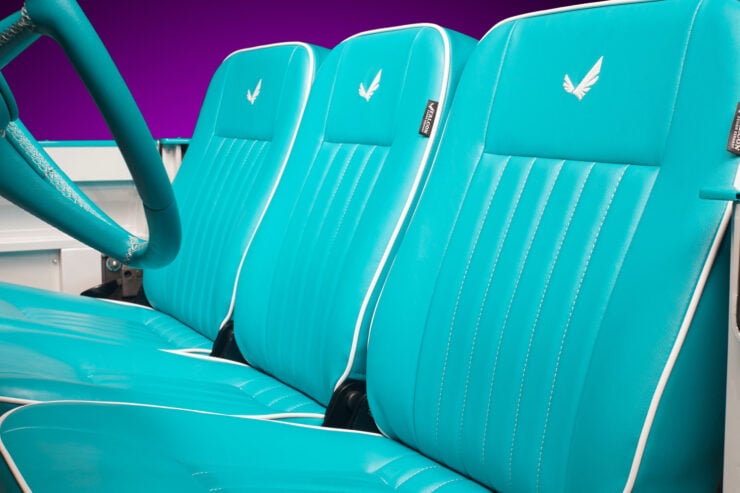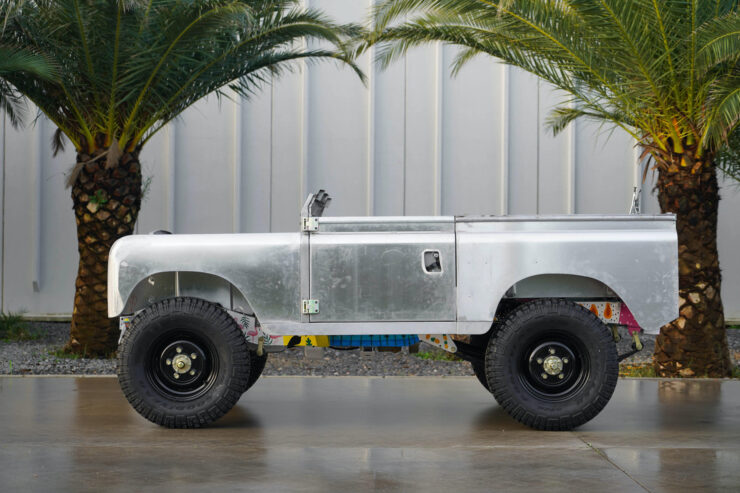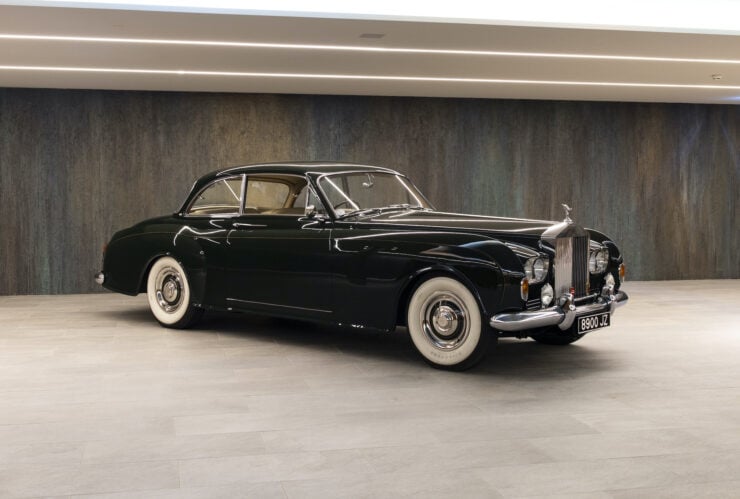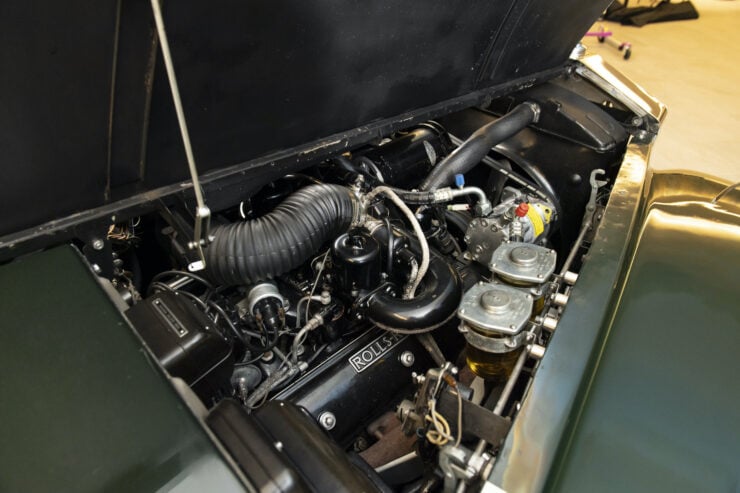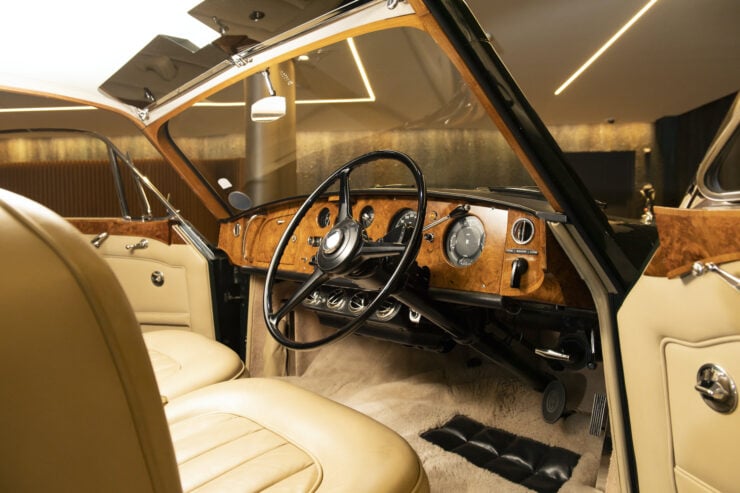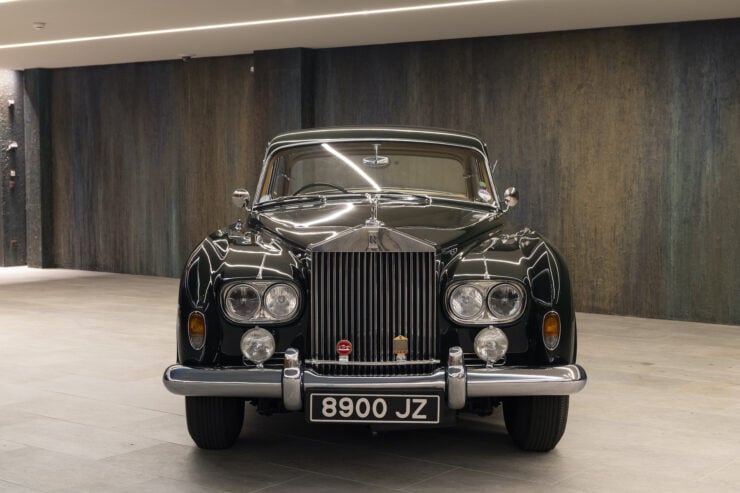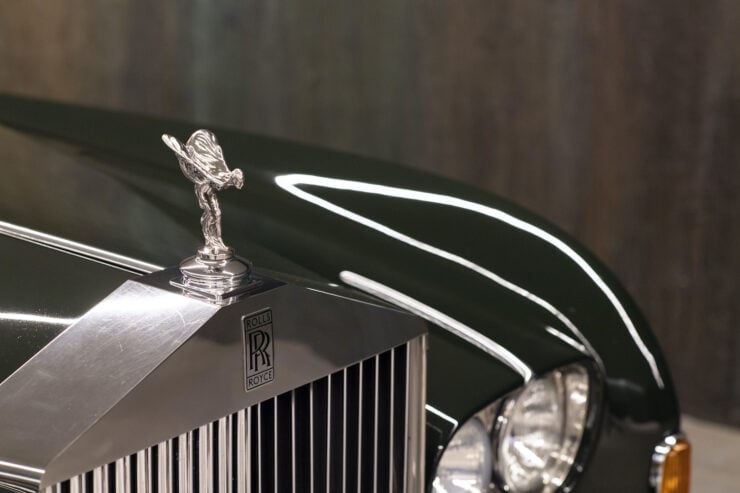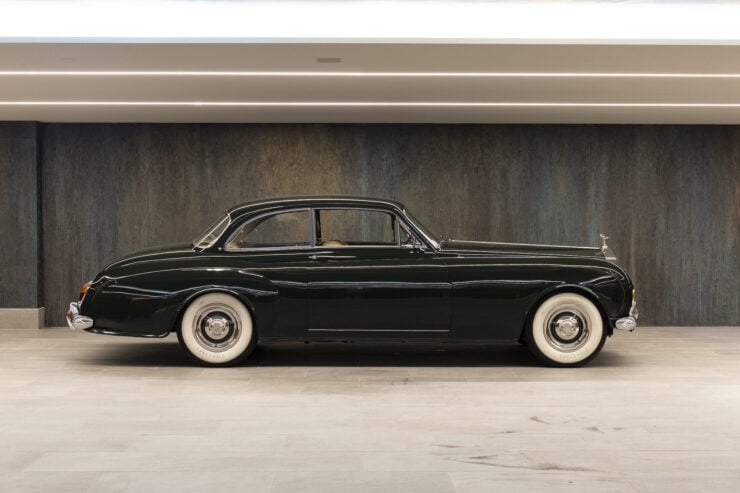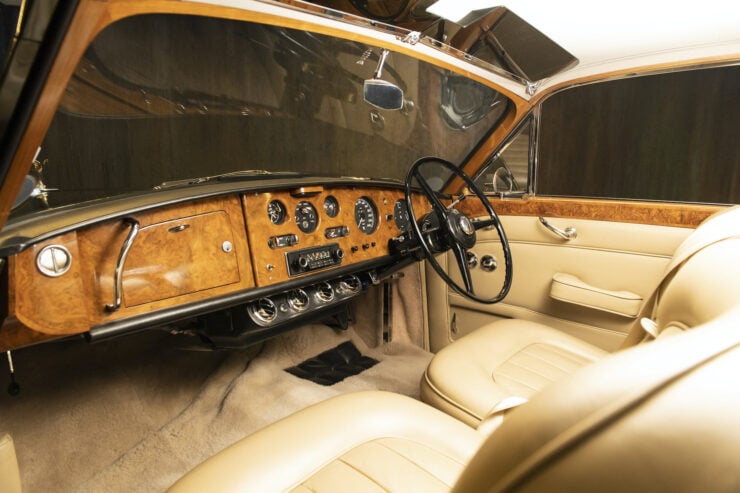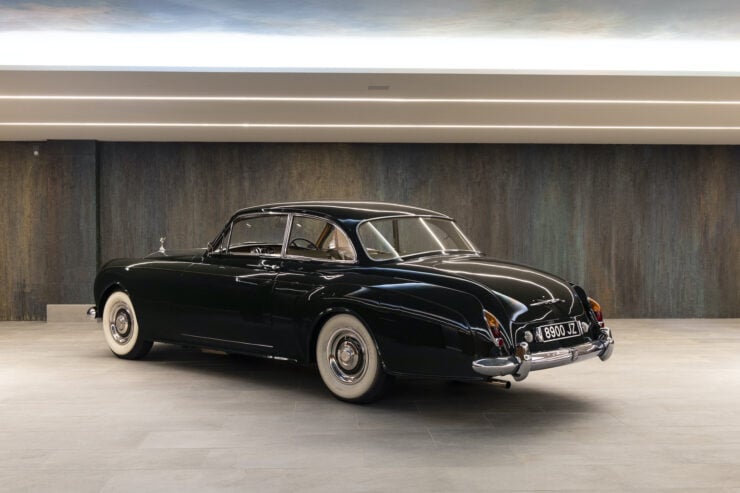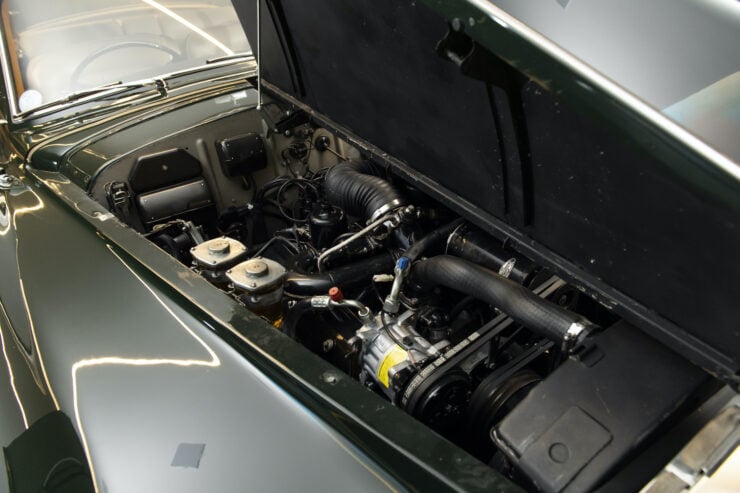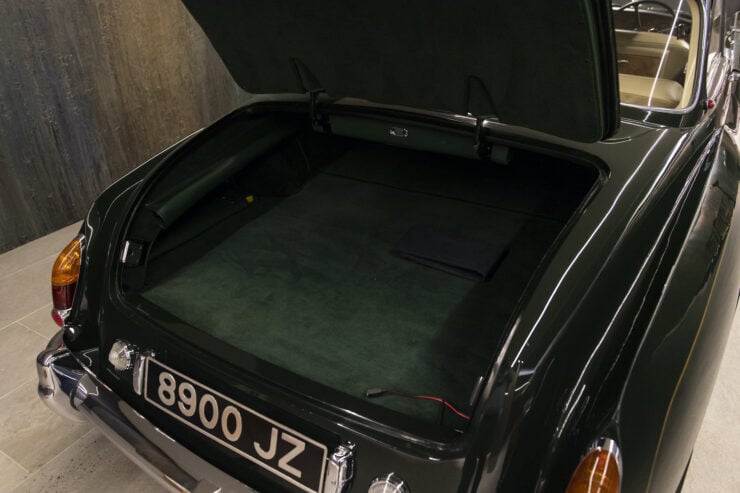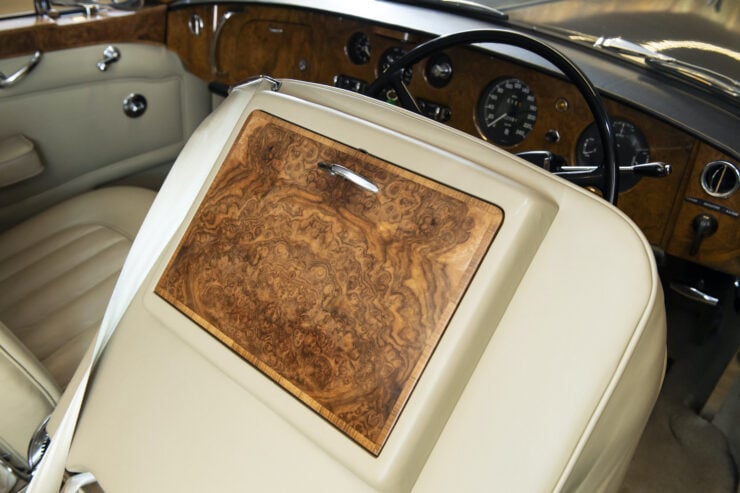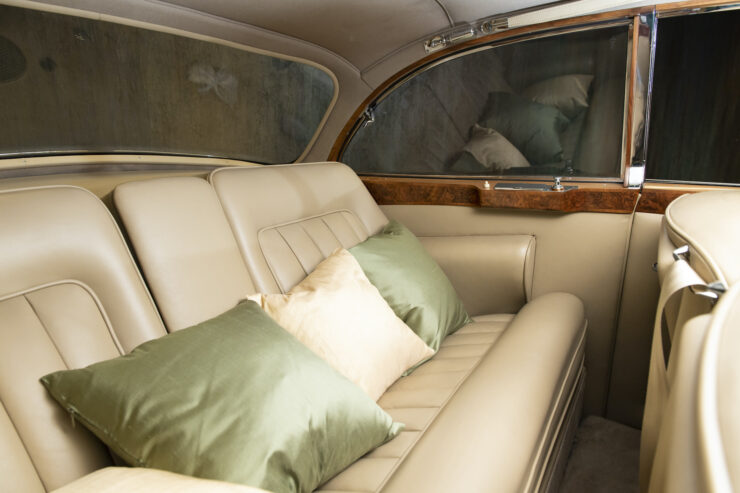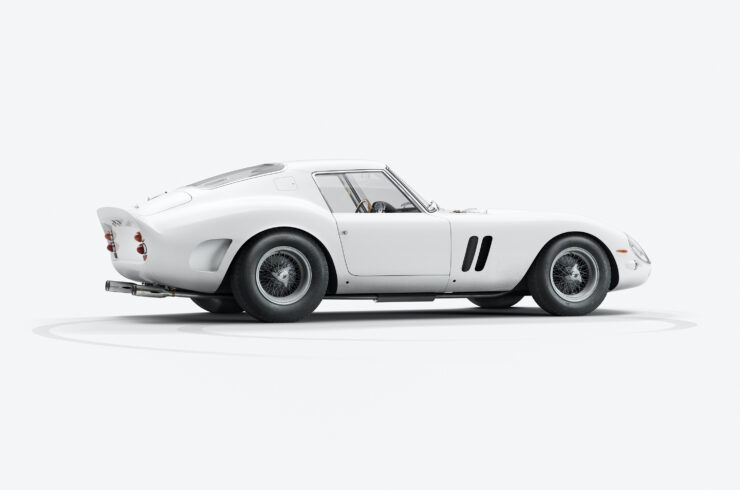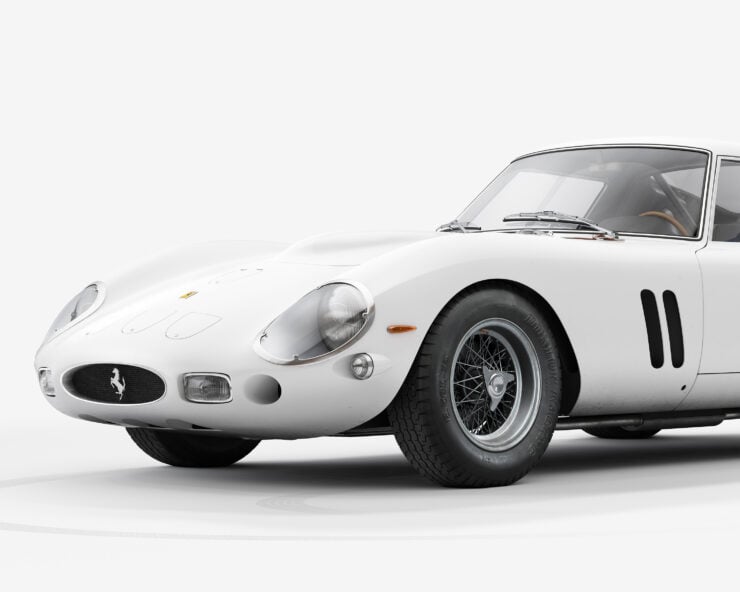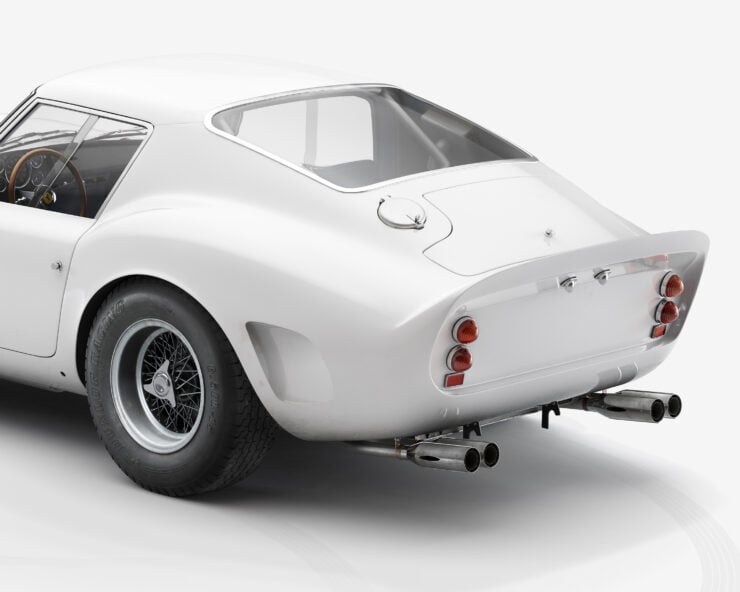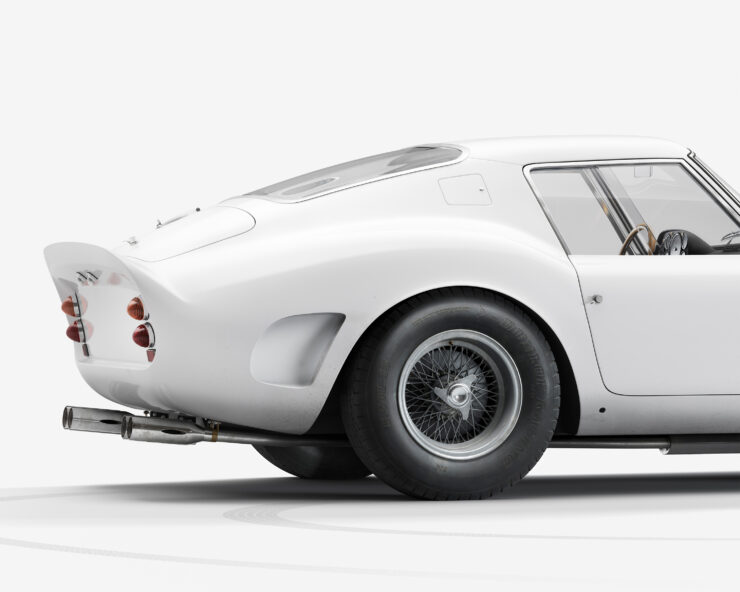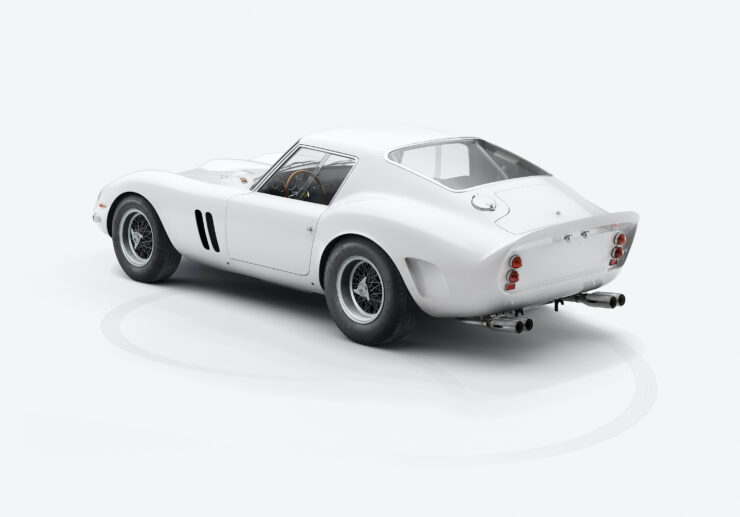The Bentley 4¼ Litre is an important car from early in the company’s history, interestingly it was in a racing version of a Bentley 4¼ Litre that Edward “Eddie” Hall would drive to become the first person in history to race the entire 24 Hours of Le Mans single-handed in 1950.
The Bentley 4¼ Liter
Bentley released the 4¼ Litre as a replacement for the popular 3½ Litre in 1936, the engines were largely identical however the 4¼ Litre was bored out to give it a total swept capacity of 4,257cc, which of course gave it more power than its predecessor.
These two models were the first to be built by Bentley after it was acquired by Rolls-Royce in 1931, cars from after the acquisition are called “Derby Bentleys” by enthusiasts, as opposed to the “Cricklewood Bentleys” from the earlier time period.
The new production Bentleys were generally more luxurious than their forebears which often had sporting intentions, this disappointed some however company founder W.O. Bentley was reported as saying that he would “rather own this Bentley than any other car produced under that name.”
Much like their contemporary automakers from the period, Bentley sold the 3½ Litre and subsequent 4¼ Litre models as powered rolling chassis. The body would then be built to the customer’s specifications by their preferred coachbuilders – this was a golden age for the coachbuilding industry with some clients event ordering two bodies, a convertible for summer and hardtop for winter.
Above Image: The interior of the car is beautifully appointed, with aged leather upholstery and walnut wood trim as far as the eye can see.
This Bentley model family made two appearances in James Bond films, a 3½ Litre was shown as James Bond’s personal car in From Russia with Love, and many years later a 4¼ Litre was his car in Never Say Never Again.
A slew of major celebrities owned Bentley 3½ and 4¼ Liters including Sir Malcolm Campbell, Raymond Mays, Woolf Barnato, Prince Bira, George Eyston, and Sir Ernest Oppenheimer. A wide range of bodies could be ordered for the cars from the finest coachbuilders of the time including Figoni et Falaschi, James Young, Vanden Plas, Saoutchik, Rippon Bros, and Thrupp & Maberly.
Over the course of the 1933 to 1939 production run over 2,400 examples were built, some were still being bodied into the 1940s in part due to delays caused by the onset of the Second World War. These sales figures were remarkable for the era, given the fact that the world was in the grip of the Great Depression, and there can be little doubt that the 3½ and 4¼ Liter models helped keep Bentley afloat.
The Bentley 4¼ Liter Pillarless Saloon Shown Here
The vehicle you see here is a Bentley 4¼ Liter pillarless saloon that was bodied by highly regarded coachbuilders Vanden Plas. The car is chassis number B127JY, it was ordered from the renowned London dealer Jack Barclay and it was built with Lucas P100 headlamps, a single sidemounted spare, built-in rear number plate, full-length bumpers, and five Ace wheel discs.
The body was built with a sliding “sunshine” roof, separate adjustable front seats, folding center and side armrests to the rear seat, a radio, map pockets, electric courtesy lights, and an opening windshield.
Once complete the Bentley was delivered to cinema magnate and enthusiast C.J. Donada, who also owned a number of other Bentley and Rolls-Royce automobiles, as well as a Gispy Moth biplane. Over the years the car was owned by a number of other enthusiasts and it’s now being offered for sale by RM Sotheby’s with a price guide of CHF 110,000 to CHF 150,000, which is approximately $120,000 to $163,000 USD.
If you’d like to read more about this unusual Bently or register to bid you can click here to visit the listing.
Images: Dirk de Jager ©2021 Courtesy of RM Sotheby’s
The post A Rare Bentley 4¼ Liter Vanden Plas Pillarless Saloon appeared first on Silodrome.
from Silodrome https://silodrome.com/bentley-4%c2%bc-liter/
via gqrds
